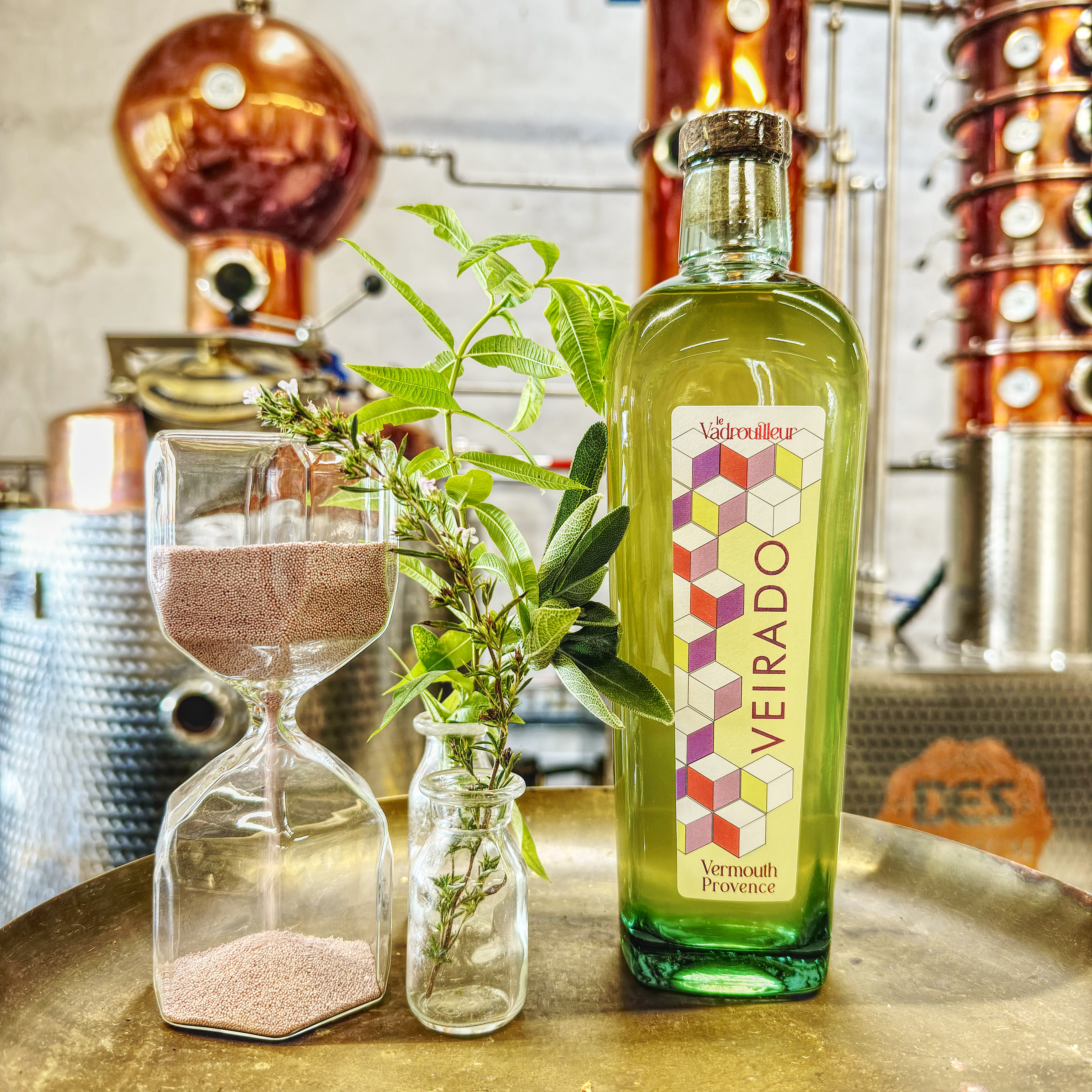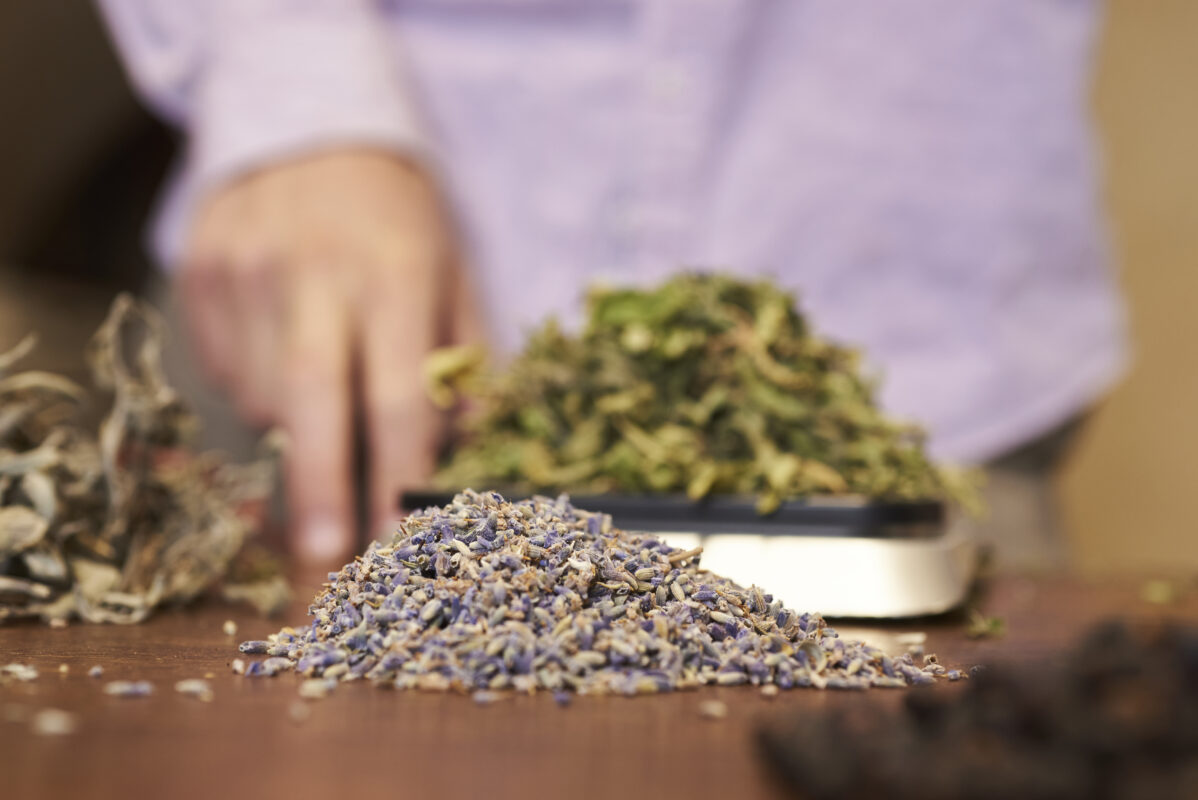Vermouth is a flavoured drink made from wine blended with a mixture of herbs, spices and sometimes fruit. Its history dates back to antiquity, when it was used for medicinal purposes because of its tonic properties. Over time, vermouth has become a drink appreciated for its unique and refined taste, forming an integral part of the aperitif culture in many parts of the world.
Basic ingredients
The vermouth we know today has a very distant ancestor, the Hipocras wine. Legend has it that it was created by the Greek physician Hippocrates in the 5th century. It was a well-known drink in medieval times too. Modern vermouth, on the other hand, was created in Italy in the 18th century.
The ingredients that go into a vermouth vary according to local recipes and traditions, but certain elements are essential to give it its distinctive character.
All vermouths contain wine, alcohol, aromatic plants, sugar and/or caramel.
A quality base wine is used, generally a young, neutral white wine, so that it can absorb the unique flavours and aromas selected by each producer.
Absinth, or ‘wermut’ in German, is the essential ingredient in vermouth, giving the drink its characteristic bitterness. Common ingredients include aromatic plants such as artemisia, gentian and cinchona, as well as spices such as cinnamon, cardamom and orange peel. Some recipes contain up to forty plants and spices.
The drink is sweetened with sugar, sugar syrup or honey.
The secret of a good vermouth lies in the subtle balance between bitterness, sweetness and acidity.
Production method
Making vermouth is an artisanal process that requires patience, know-how and precision.
The classic vermouth-making process begins with the maceration of plants in neutral alcohol, creating the vermouth tincture. The choice and quantity of plants are often jealously guarded, as these recipes embody the identity and character of each production house.
The tincture is then added to the base white wine. The final product has an alcohol content of between 15 and 23 degrees.
Finally, sugar and/or caramel may be added to give it the colour and sweetness characteristic of each brand and style.
The revival of vermouth has given rise to new production techniques.
Instead of the traditional maceration process, for example, it is now possible to infuse plants and add mistelles, sweet wines or liqueurs instead of sugar. Some vermouths are also aged in barrels.
Types of vermouth
There were originally two types of vermouth:
White vermouth, of French origin, is distinguished by its dryness and higher alcohol content.
Red vermouth, from Italy, is sweeter than white, has less alcohol and owes its red colour to the addition of caramel.
Today, there are more and more types of vermouth, depending on the sugar content and geographical origin.
Our Vermouth Veirado
Our white vermouth is traditionally handcrafted in our distillery in Haute Provence.
It comes from a harmonious blend of natural sweet wine and a selection of organic aromatic plants harvested on the Sault plateau and organic honey from Brantes.
We have chosen a natural sweet wine, 100% organic Muscat blanc petits grains from Beaumes de Venise. It’s young, promising and has lovely fruity aromas. We carefully selected eight organic plants, such as absinth, thyme, mint and lemon balm, all supplied by local producers.
Finally, in keeping with our commitment to eco-responsibility, we have chosen to incorporate finely-dosed organic honey from Provence into the blend. This honey from Brantes brings all the floral richness of Mont Ventoux.
Vermouth is much more than just an aperitif; it’s a jewel of mixology that celebrates the art of creation and the heritage of ancient traditions. With its carefully selected ingredients and elaborate production method, vermouth embodies the excellence and elegance of gustatory pleasures.
So the next time you sip a glass of this delicious beverage, remember all that’s inside and savour every sip with wonder. Cheers!




